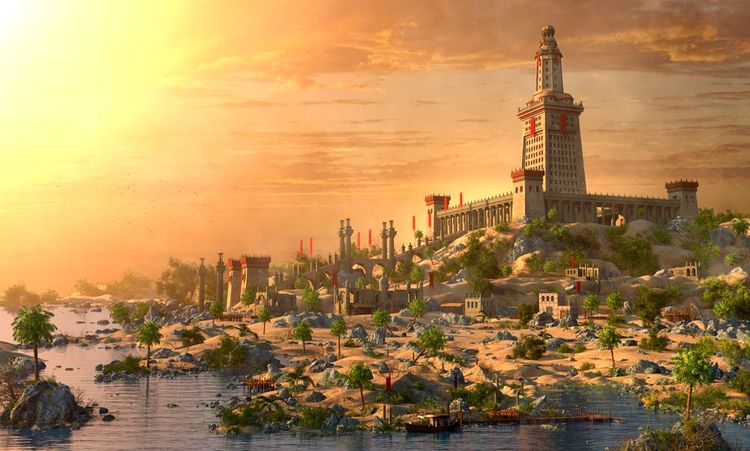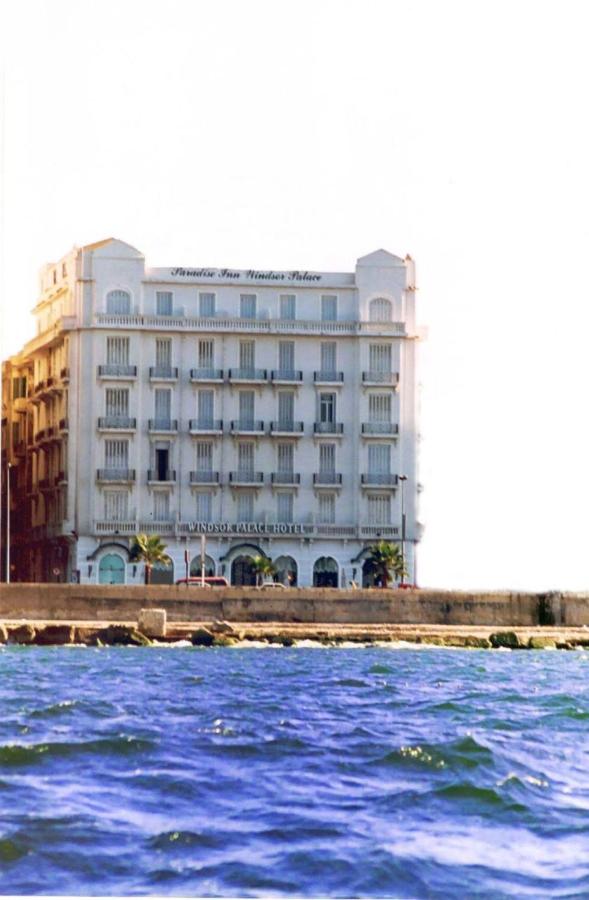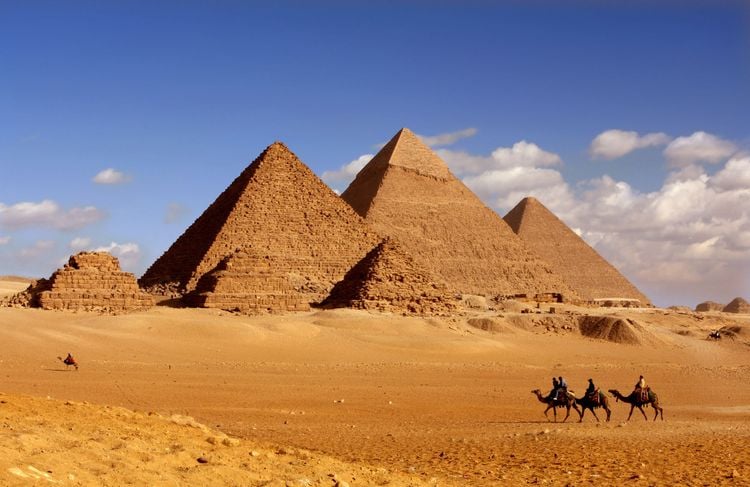It was there, less than 7 kilometres off the Egyptian coast, off the port of Alexandria, right at the bottom of the sea. You'd think you'd have to look there. Well, not really, because in 1996, theIEASM (European Institute of Underwater Archaeology) drew up the most precise possible map of the area where such remains could be found. To do this, the Institute's teams combined data from ancient Greek and Latin accounts describing the lost cities of Canopus and Thônis-Héracléion with a geophysical analysis of the Bay of Aboukir, adjacent to Alexandria, to determine the zoning of the sunken territory.
Since time immemorial, treasure seekers have scoured the seas to find precious cargoes of sunken galleons or rich sunken cities, such as the mythical Atlantis. Although this is a childhood dream, new technologies have turned it into an activity reserved for professionals.
The European Institute of Underwater Archaeology is setting the bar very high in terms of resources and organisation, and a remarkable double discovery has just been made off the coast of the thousand-year-old city of Alexandria, in Egypt: a temple to Amun, a deity of Ancient Egypt, and a sanctuary dedicated to the Greek goddess Aphrodite, sunk to the bottom of the sea. Plus priceless treasures also dating from 2 to 4 centuries BC.

Ce qu'on imagine avoir été le phare d'Alexandrie, l'un des Merveilles du Monde.
- © Marc Mons / Shutterstock✈️ Fly to Cairo
Compare prices and book your plane ticket to Cairo!A remarkable discovery
These coveted remains were recently discovered by underwater archaeologists on a joint Egyptian-French mission in what is known to be the famous ancient city of Thônis-Héracléion, on the edge of what was once the Nile delta. In addition to the well-preserved buildings, there are gold and silver relics and jewels, a Djed pillar (symbol of a flowering tree) made of lapis lazuli, alabaster flasks in the temple of Amun and ceramics in the temple of Aphrodite. There were also weapons, which is not so common.
Thônis (Heracleion in Greek) is no longer a myth
Did you know? In Ancient Egypt, the Nile delta was not where it is today. It extended much further north, and the cities of Canopus and Thônis-Héracléion were located there, north of Alexandria and its famous lighthouse, which has also disappeared. But more than 100 km2 of this part of the delta were swallowed up by the waters in successive tidal waves at the beginning of our era. These discoveries are relatively recent, dating back to the year 2000.
The IEASM's work brought to light, in the depths of the Mediterranean, the city of Thônis-Héracléion described by the Greek historian and geographer Herodotus, whose existence was nonetheless doubtful: we wondered where a city of this importance - the largest port in Egypt at the time - could be hiding. But that was without taking into account the earthquakes and tidal waves that submerged entire coastlines for eternity.
At a depth of between 6 and 10 metres, divers were able to uncover a 150-metre-long enclosure wall surrounding the temple of Amun at Heracleion, the Greek name for the Egyptian Thônis, and later an entire city. Its identity was confirmed by a gold plaque dedicated to King Ptolemy III, which removed any ambiguity about the site. Other discoveries followed, including numerous small bronze votive anchors, gold coins, precious stones, religious relics, statues and engraved stelae. And, of course, all the remains of a city swallowed up by the waters, including canals linking Thônis to Canope and, for ships, mooring basins communicating with the Nile.
Greek temples in Ancient Egypt
These discoveries are therefore remarkable in more ways than one. The sanctuary of Aphrodite, the Greek goddess of love, was naturally located in the ancient city of Thônis, the Egyptian name for Heracleion. We also know that the precious objects discovered in the temple of Amon, the Egyptian god, were all Greek, which could prove a kind of alliance in the form of an exchange between the two civilisations.
In addition, a granite stele also discovered on the site promulgates, under the authority of the pharaoh Nectanebo I, 400 years BC, the taxation of the Greeks on any wealth they might export from the delta.
 Alexandria - Egypt
Alexandria - Egypt






